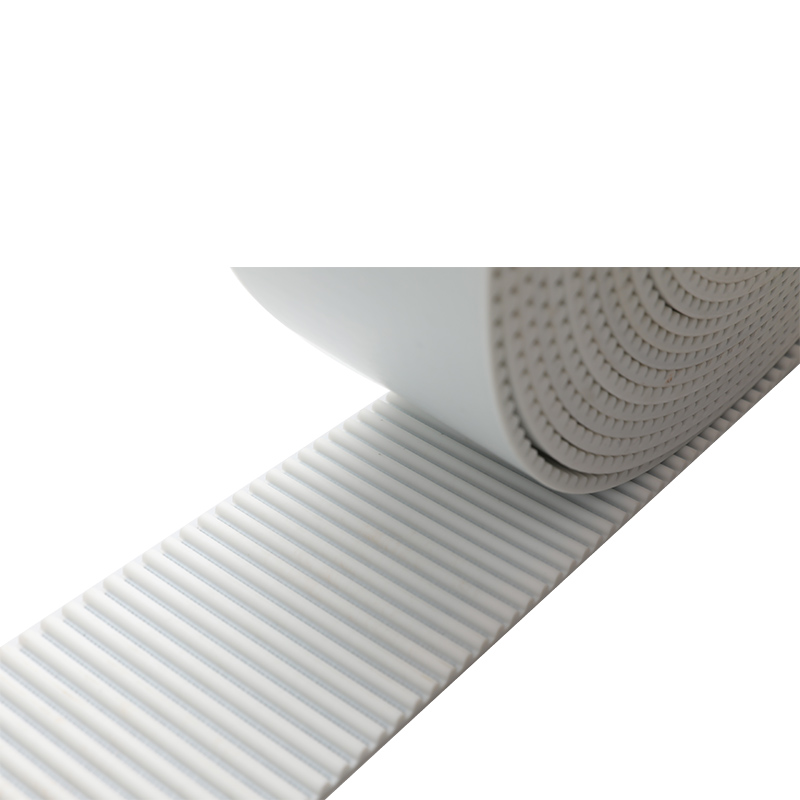Timing belt is a very common instrument in our daily life. It can be seen in many large-scale equipment and workshops, which can make our work more efficient and convenient. Therefore, it is also constantly developing and satisfying different industries. Today, I will show you the characteristics and two common classifications of synchronous belts.
First, the characteristics of the timing belt
First of all, as a transmission device, its transmission is accurate and stable, and there is no problem of relative sliding. At the same time, because it has the ability to buffer and reduce vibration, its noise is low, and the factory where it is used will not disturb the surrounding residents. At the same time, the lack of noise also allows him to create a quiet working environment. And its maintenance method is convenient and does not require a lot of material and human input.
Second, the classification of trapezoidal tooth timing belt
This type of synchronous belt can be subdivided into two types: one with teeth on one side and two gears on both sides, which are generally referred to as double-sided teeth and single-sided teeth. The common code DA refers to symmetrical The tooth profile, DB refers to the staggered tooth profile. Knowing these codes is convenient for us to make subsequent purchases. As for its size, the standard size in our country is the pitch type, and the production standard of the synchronous belt is determined according to the relevant documents of the country.
Third, the classified arc tooth timing belt
It is not much different from the shape of the type of teeth introduced above. The shape of the synchronous belt teeth is arc-shaped, and this design can make it bear more even force and improve the cargo carrying capacity of the synchronous belt. And the interference of the teeth during operation can be avoided.




 English
English 中文简体
中文简体 عربى
عربى















